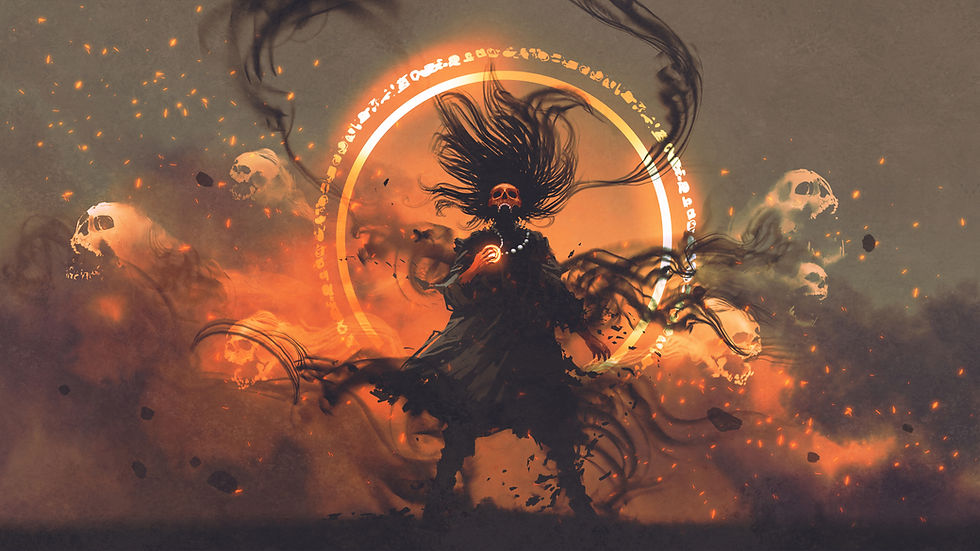Understanding Fiction Writing: Creative and Descriptive
- Atiyeh Sadeghi

- May 15
- 2 min read
Fiction writing is an art that involves creating imaginary worlds and characters while engaging readers through compelling narratives. For teachers, guiding Key Stage 4 students in special education can be both challenging and rewarding. This document outlines the essential elements of fiction writing, focusing on structure, narrative hooks, and narrative sequencing to help students excel in creative or descriptive writing.

1. Structure
Beginning
The beginning of a fiction piece sets the stage for the story. It should introduce the main characters, establish the setting, and present the initial situation or conflict. This part should immediately grab the reader’s attention through an effective narrative hook.
Middle
The middle section develops the plot by building tension and developing characters further. It includes the rising action, where conflicts are explored and characters face challenges. This is often where subplots may be introduced, enriching the main narrative.
End
The end resolves the story. It should tie up loose ends, resolve conflicts, or provide a satisfying conclusion to the character arcs. An effective ending often resonates with the reader, leaving them with something to ponder or feel deeply.
2. Use of Narrative Hooks
Narrative hooks are crucial in engaging readers from the very beginning. Here are some types of hooks that can be used:
Question Hook: Pose a thought-provoking question that invites curiosity.
Action Hook: Start in the middle of an action scene that propels the reader into the story.
Dialogue Hook: Use an intriguing or mysterious piece of dialogue to draw readers in.
Description Hook: Begin with a vivid description of a setting or character that captures the imagination.
3. Logical Sequence or Deliberate Shifts
Logical Sequence
A logical sequence ensures that the story flows naturally from one event to the next. This coherence helps readers follow the plot and understand character motivations.
Deliberate Shifts
Deliberate shifts, such as flashbacks or dual narratives, can add depth and complexity to the story.
Flashbacks: These provide backstory or context to the present narrative, offering insights into character motivations or past events.
Dual Narratives: This involves telling two interconnected stories, either parallel or intersecting at various points, to provide multiple perspectives.
Tips for Teaching Fiction Writing
Encourage Imagination: Allow students to explore unusual settings or characters that spark creativity.
Promote Peer Feedback: Facilitate peer review sessions to help students learn from each other.
Utilize Story Prompts: Provide creative prompts to jumpstart the writing process.
Focus on Drafting and Revising: Teach the importance of drafting and revising to improve writing quality.
By understanding these elements, Key Stage 4 students can develop their skills in fiction writing, creating engaging and thoughtful narratives. As a teacher, embracing these strategies can empower your students to express their creativity and enhance their writing abilities.




Comments